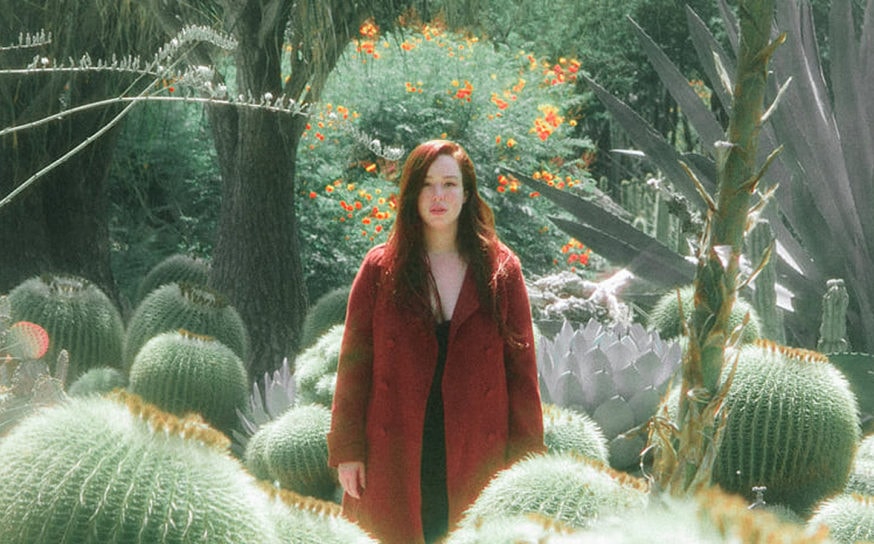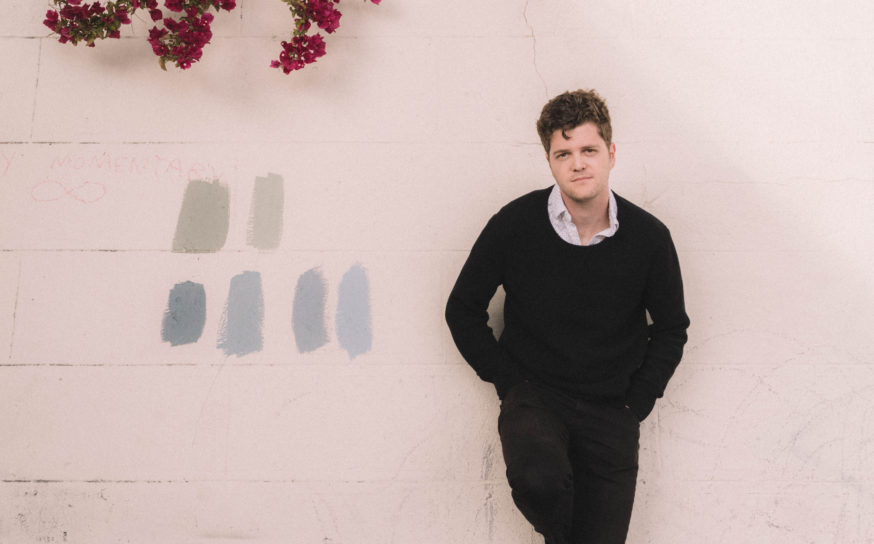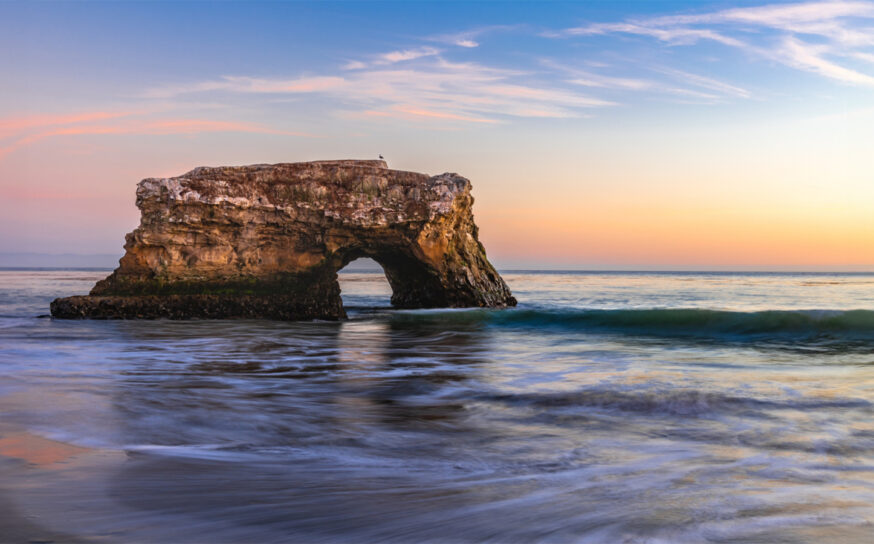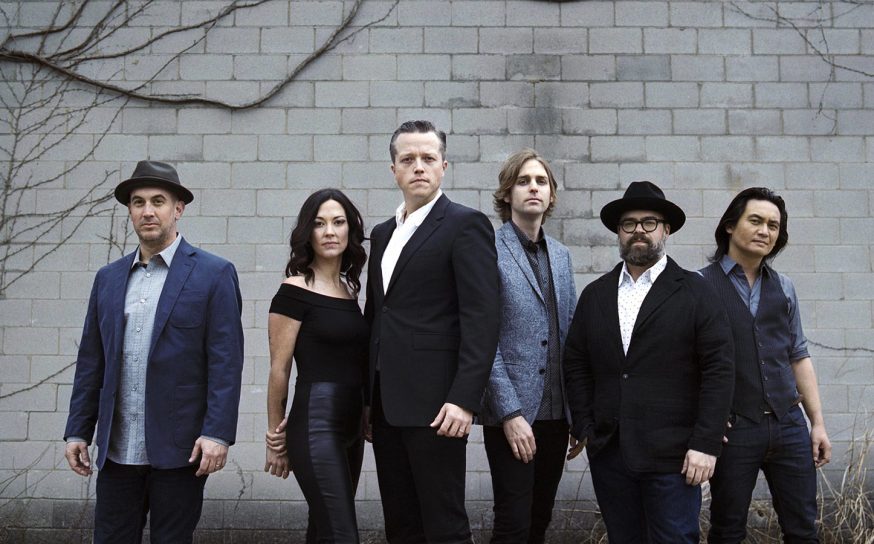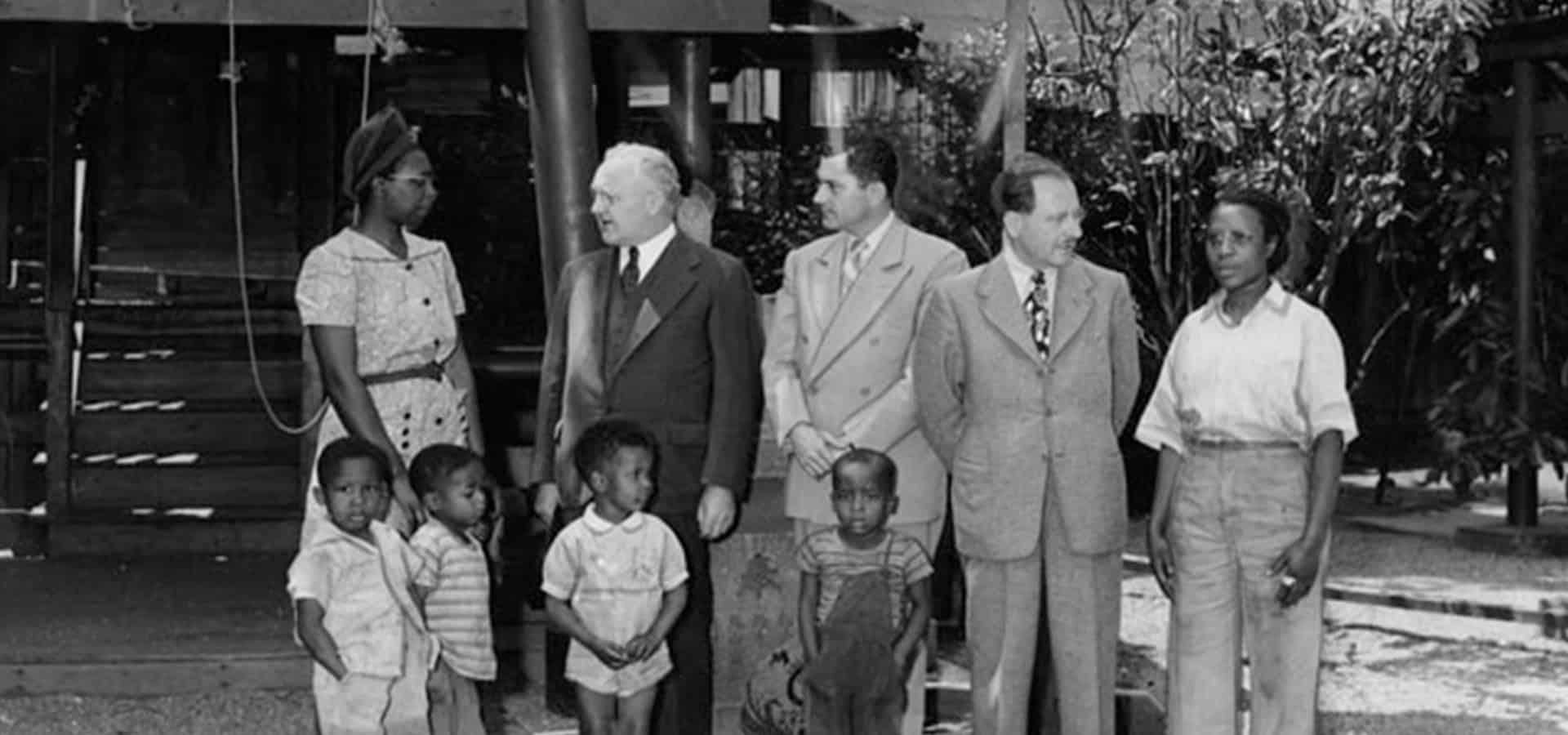
When LA’s Little Tokyo Was a Culturally Thriving African-American Community Called “Bronzeville”
A regrettable time in California history unexpectedly led to a brief, but memorable black neighborhood.
-
CategoryArts + Culture, Homes + Spaces, Time Capsule
Following the bombing of Pearl Harbor in 1941, most Japanese-Americans in California were relocated to internment camps throughout the state. Their absence left a residential vacuum in communities like Downtown LA’s Little Tokyo. Despite the unfortunate circumstances of this moment in our history, a surprising cultural zeitgeist emerged in the abandoned neighborhood.

According to Los Angeles Magazine, “black migrant workers from the South were pouring into the city, many to work in the defense industry. Unable to live in most neighborhoods due to segregation and facing housing shortages in predominantly black areas like Watts and South Central, they quickly filled the empty space left by LA’s Japanese-American community, crowding into Little Tokyo. There they opened restaurants, hotels, breakfast clubs, brothels, and a newspaper. Little Tokyo’s historic Nishi Hongwanji Buddhist Temple was transformed, during those years, into the Providence Baptist Association.”

This new existence was short lived however. By the wars’ end, the original Japanese residents began to move home and the cultural landscape of the neighborhood shifted again. Also, black residents of Bronzeville had other location options for settling, thanks to a ruling that racial housing covenants were unconstitutional in 1948.
You can read more about Brozeville and the few surviving landmarks from that era here.
Photos courtesy of Los Angeles Public Library
Lily Kershaw Delivers Another Gem With “Arcadia”
“Always & Forever” features a co-write with actress Emma Roberts.
Blue Whales Showed Up in Record Numbers Off the San Francisco Coast
Their fill of krill.



